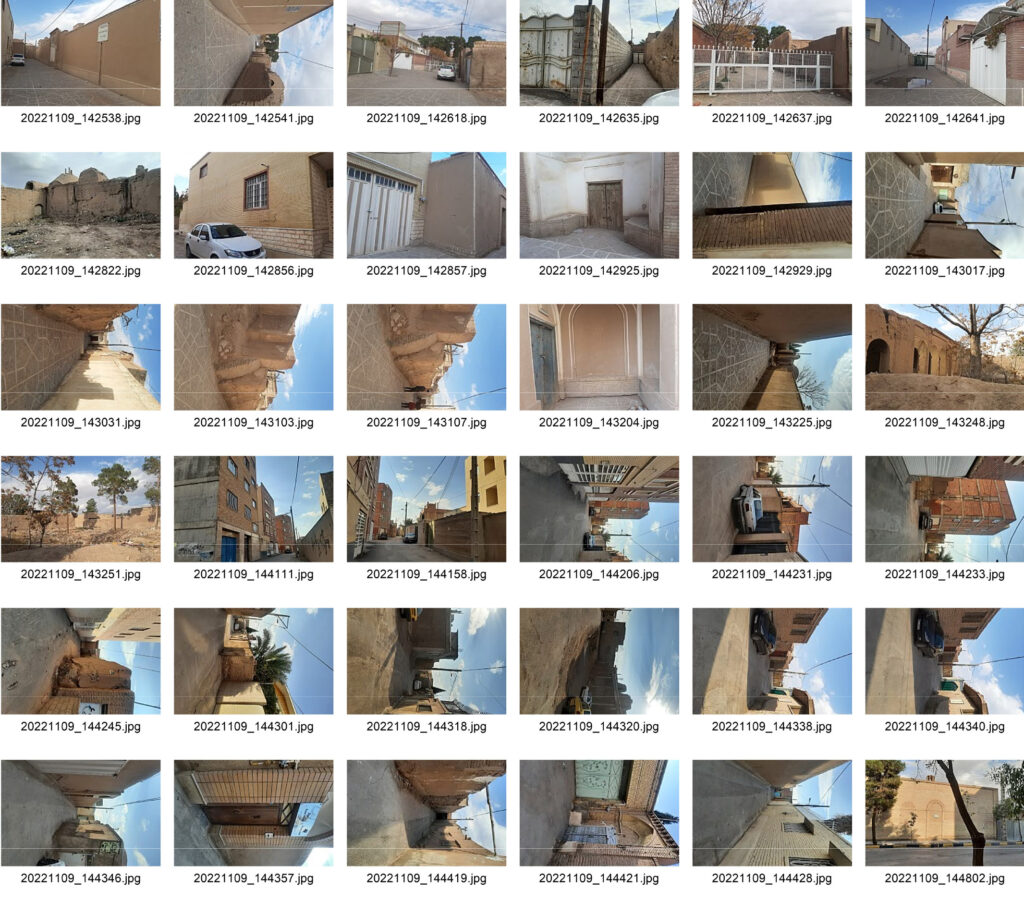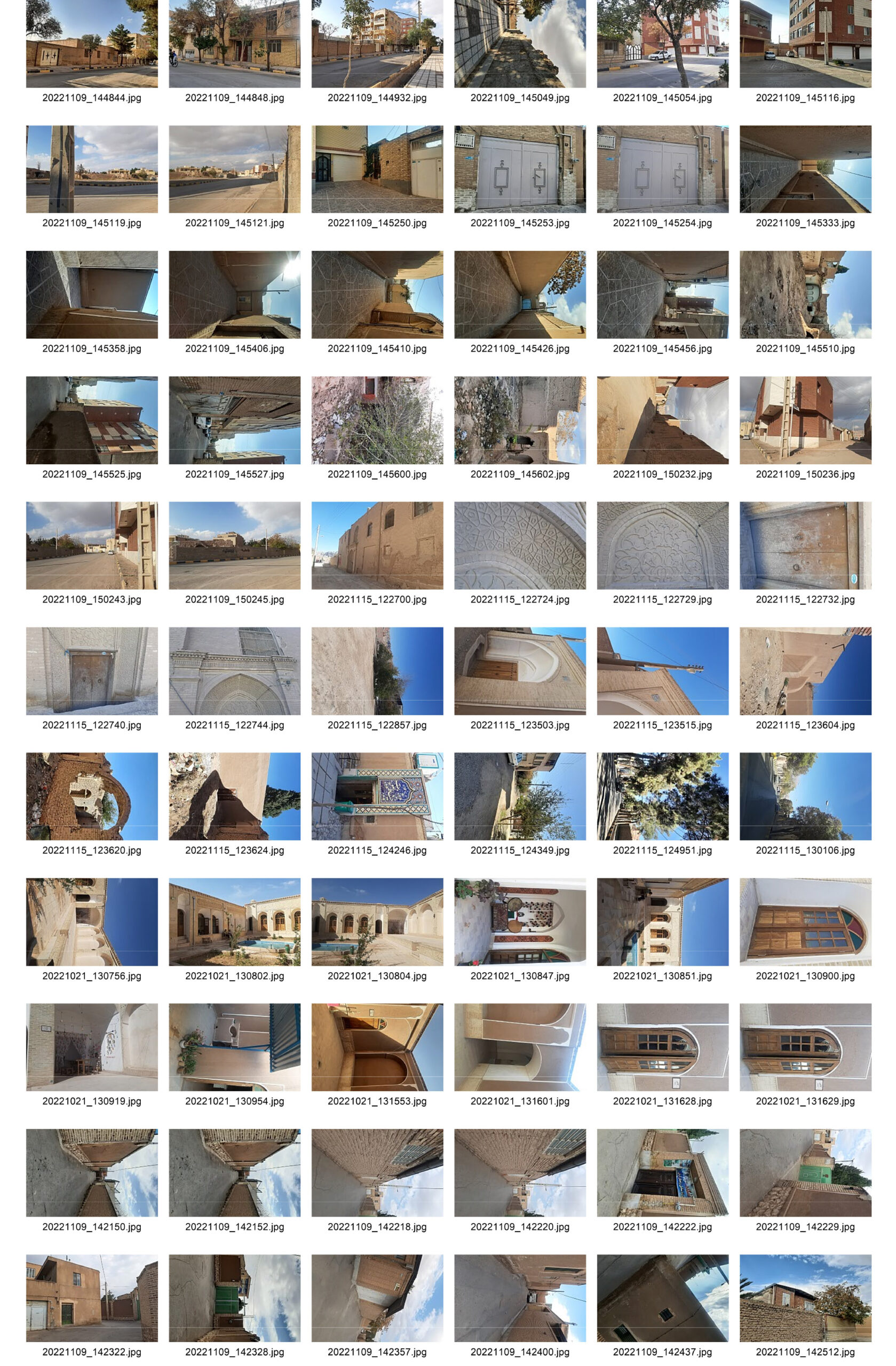Reasons for choosing the selected range
1- Proximity to the hostel and the ability to attract people and have the potential to increase social interactions
2- The presence of special and impressive houses
3- Proximity to Kikhosro’s Horshgari complex and Iranshahr passenger house, presence of passengers to increase social interaction
4- Increasing security and low lighting to improve space for better social interactions
5- The possibility of reviving and strengthening the identity of the fabric and having the potential to increase the associations
6- Absence of green space to create space for social gatherings
7- Existence of empty and dilapidated land with the possibility of reviving this space
8- Coordination of buildings in terms of height and proper skyline
9- Creating dynamism and movement in the tissue to prevent the destruction and forgetting of the tissue
10-The ability to create a pedestrian-oriented space to strengthen people’s participation in collective life
11- Creating an environment with more mental and life security
12- The ability to create different uses for more vitality of space
The spirit of the context
In the area in question due to the presence of a religious place (Zoroastrian fire temple) and buildings that have historical value and are registered by the cultural heritage organization has a historical-cultural spirit due to the lack of necessary care for this fabric, animals have died. tissue in this area, but it can be transformed into one of the leading centers with cultural value in Kerman by considering the necessary measures to restore and revive this area while returning the historical-cultural spirit.









Context strengths
- The buildings have historical value and are registered in the cultural heritage organization
- It has long peripheral walls to provide shade on the passages in hot seasons and shelter from heat and cold in cold seasons.
- Use of materials compatible with the climatic conditions prevailing in the region
- The existence of significant entrances for each building, which have separate platforms and old people’s seats
And while creating small social nodes, it is also considered a kind of urban furniture of this region - Existing dilapidated buildings can be reconstructed








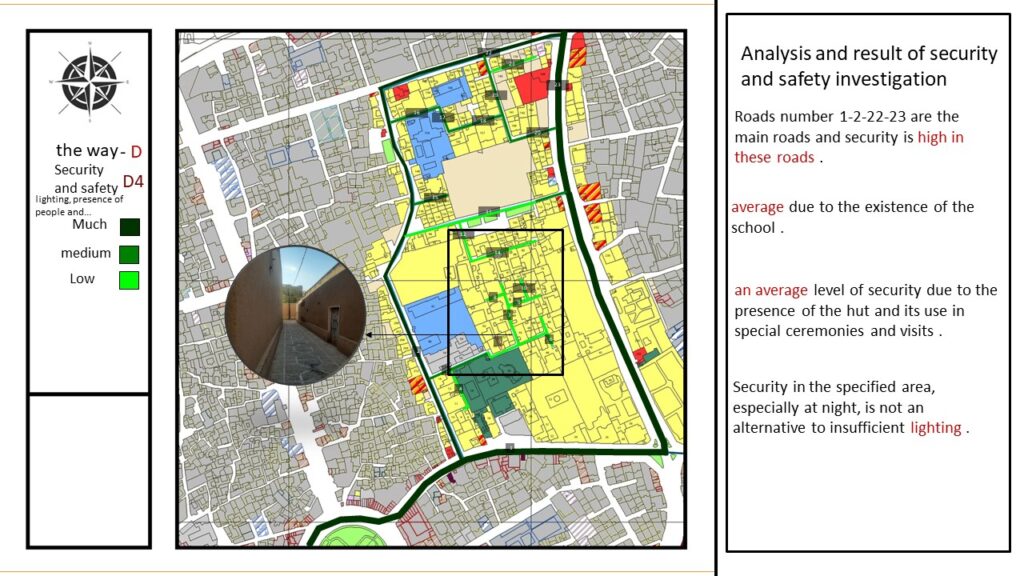
Context weaknesses
- The narrow width of the roads causes the lack of easy access for the rider to different areas of the region
- Inconsistency of adjacent buildings (modern and sometimes multi-story buildings) with the old and historical context
- The existence of residents who do not match this area (foreign nationals and drug addicts)
- Incompatibility and lack of suitable urban furniture with the texture of this area
- Lack of proper slope and lack of channel to direct rain water to the right place
- Existence of construction debris due to wear and tear and destruction of buildings over time
- Necessary arrangements for the passage of urban transportation to this area were not made

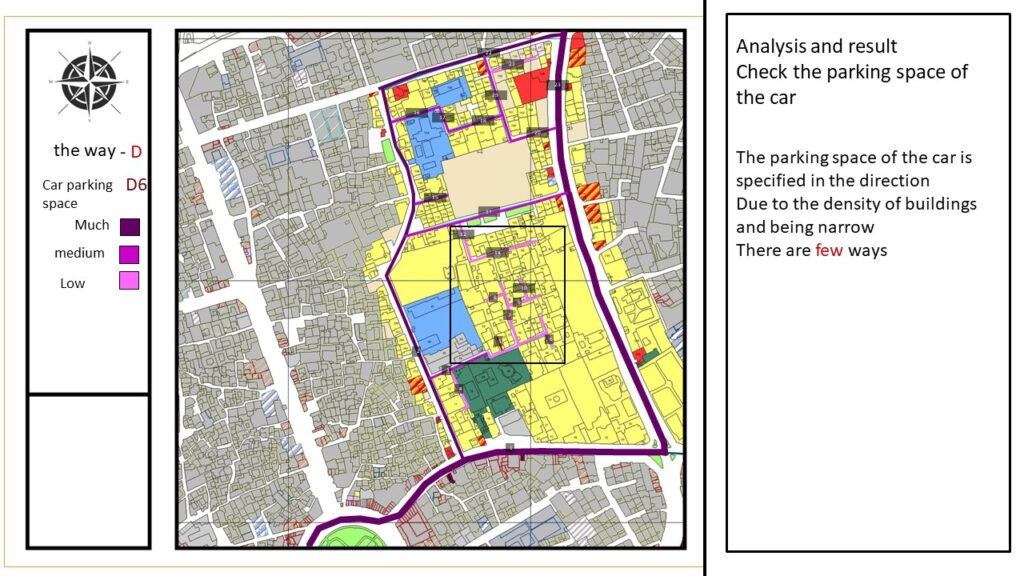


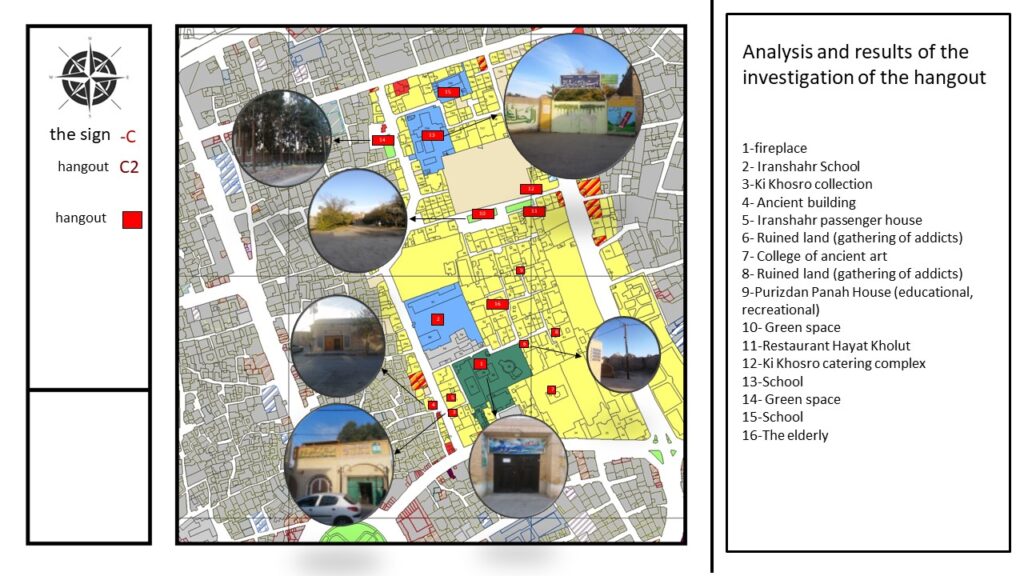
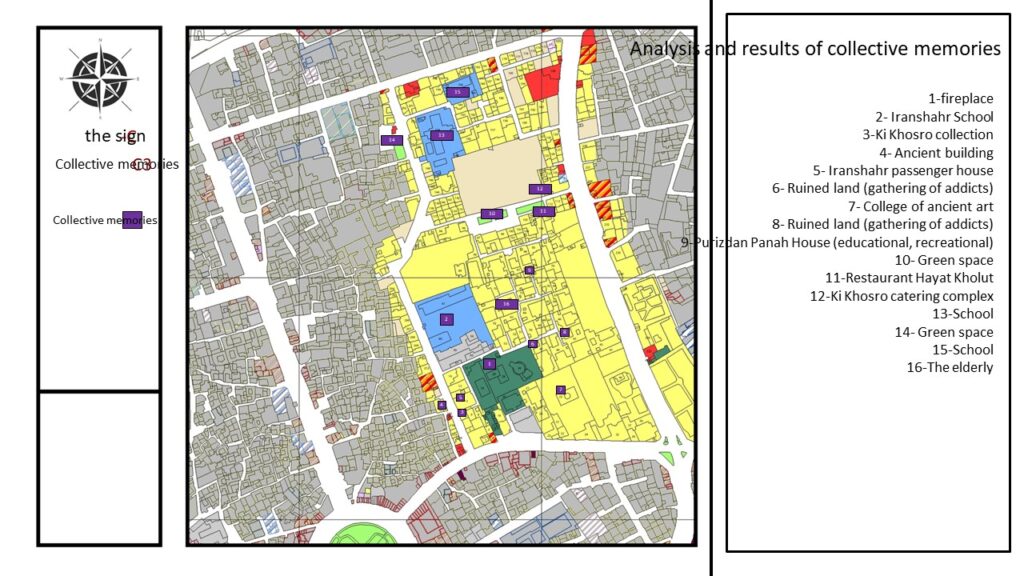
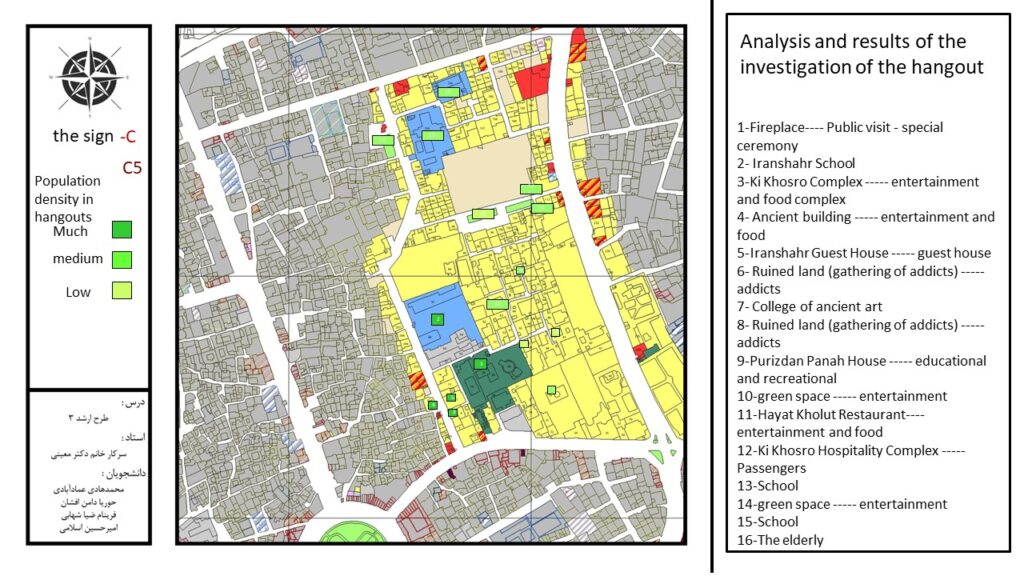

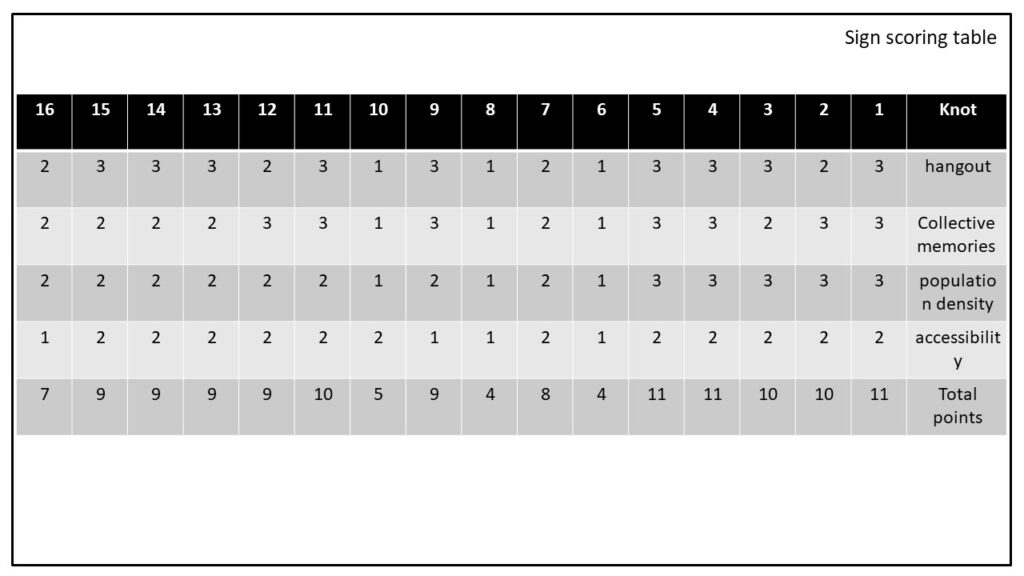
Pedestrian axis
Walking is the most natural, oldest, and most necessary form of human movement in the environment, and walking is still the most important possibility to observe.
Places, activities, and the feeling of excitement and movement of life and discovering the values and attractions hidden in the environment and the cities in the past were not walkable, and walking as the main pattern of movement of people inside biological centers due to its low cost or availability It was considered easy for all sections of the society.
But today, one of the major defects of world-class cities is the excessive dependence on the need for riding and the violation of maintaining and organizing pedestrian spaces. Movement is on foot This is considered one of the main factors in reducing the quality of the urban environment and the decline of social, cultural, and visual values in urban spaces

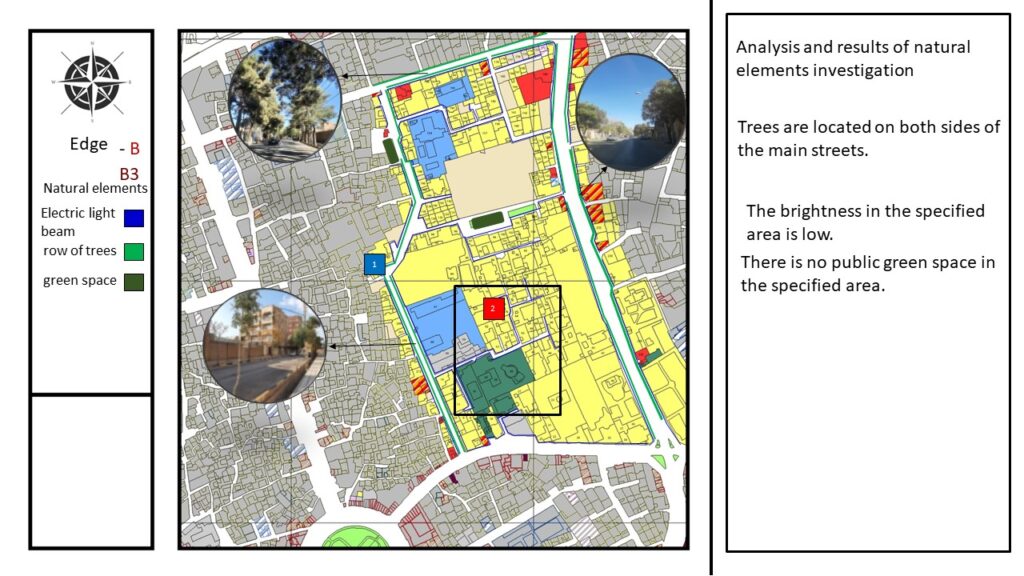
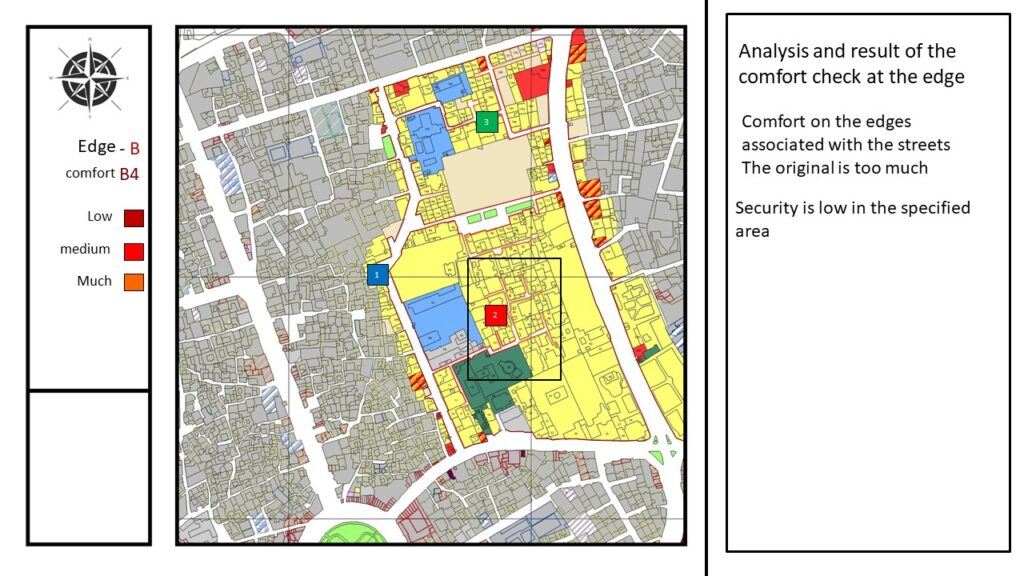
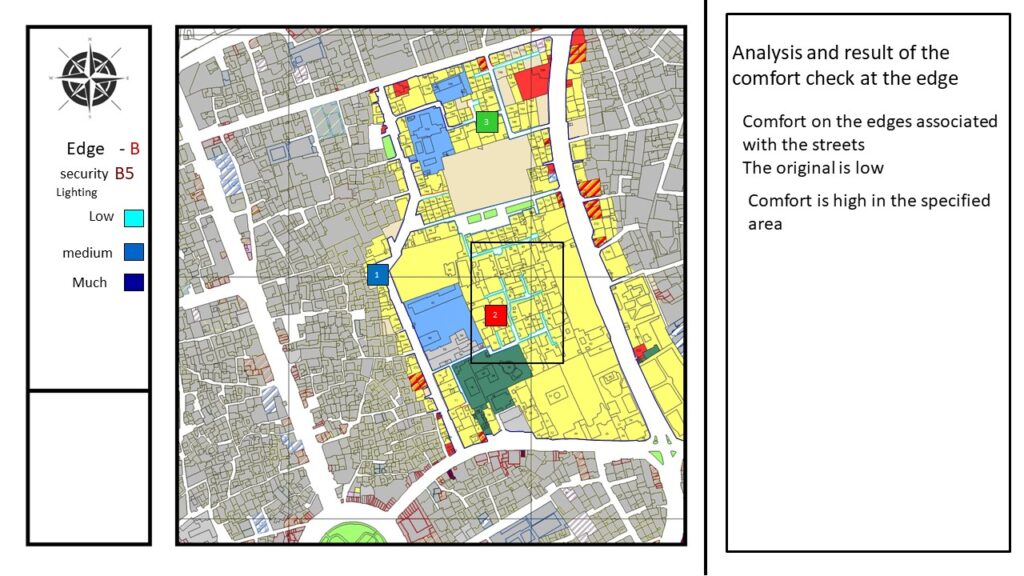
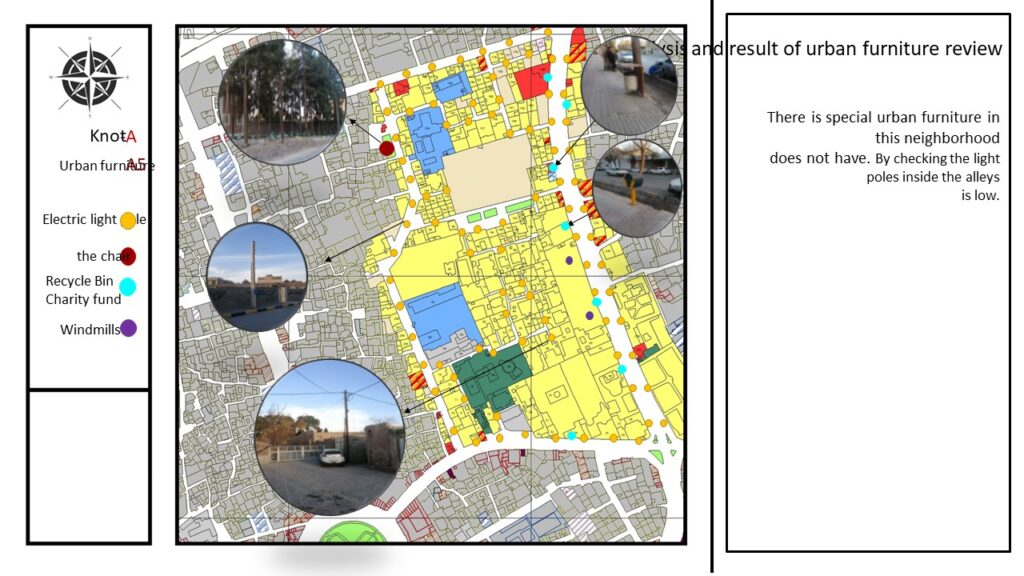
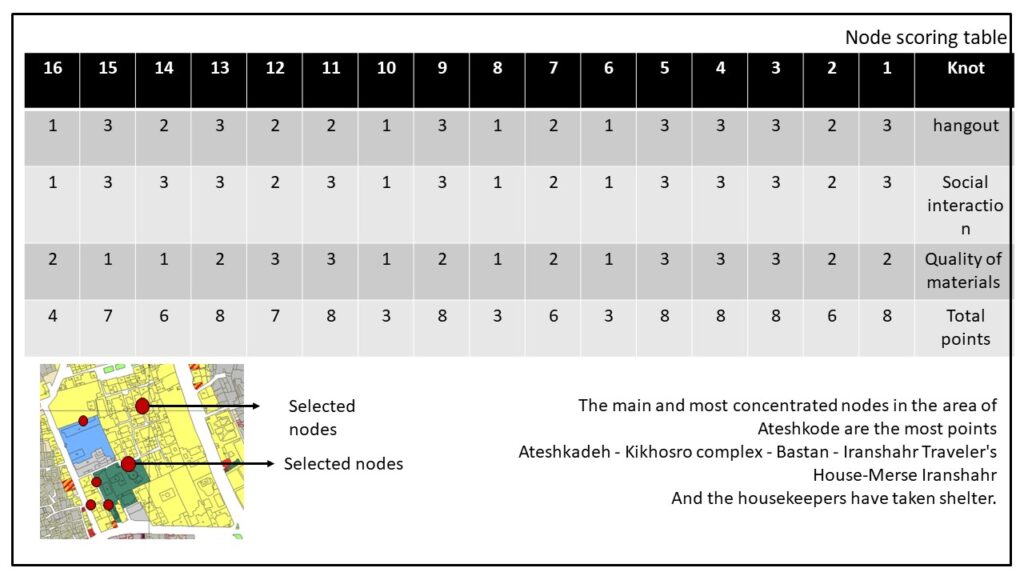
Pedestrian axis
In recent decades, following the expansion of cities and the increasing importance and role of cars in the city, the role of pedestrians in urban spaces has gradually diminished. This has caused a decrease in the vitality of public spaces and a decrease in suitable spaces for social interactions in the city. Seeking to create vitality More and turning urban settlements into human-centered cities, many cities built spaces without vehicles called “pedestrians”.
The quality of the city environment is a multi-dimensional concept and includes the physical, spatial, economic, and social dimensions of the urban environment. According to this The quality of the urban environment can affect the social relations of citizens. People form social relationships based on their interests and based on Expectations, norms, and certain roles, and they deal with it. The movement to expand pedestrian spaces has not only changed the physical appearance of cities but also new changes in the quality of urban life and social behavior.
It has created the culture of the people. Also, he presented new patterns and methods to solve urban problems, which caused a deep transformation in theories and Urban development methods, especially in the field of organizing urban spaces, “Pedestrian movement” always mixes with human needs and desires can be considered as one of the most important and necessary cases in the natural rights of the users of the city space, this requires more attention to the passages Pedestrians in the city





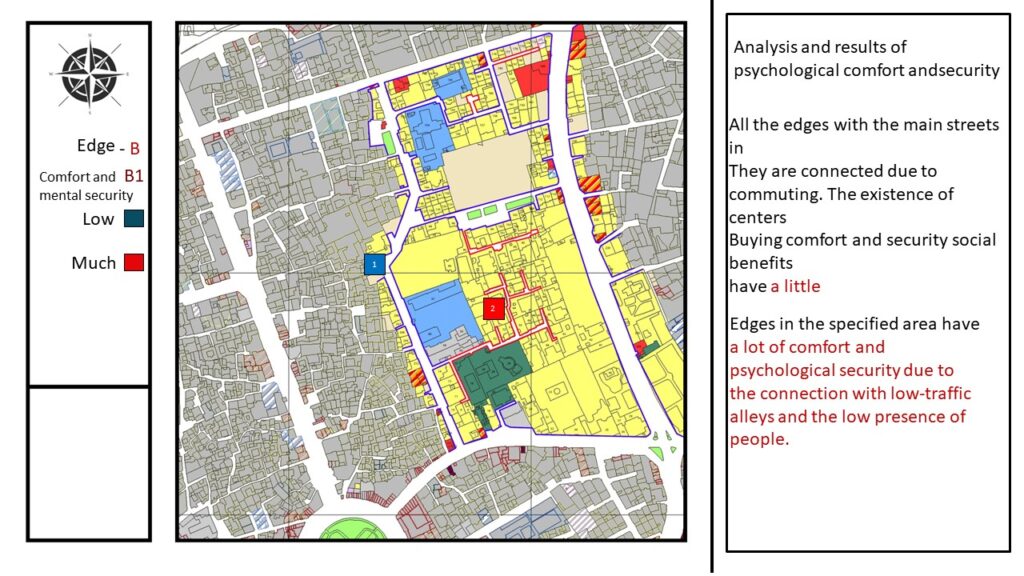
pedestrian orbit
Pedestrianization refers to a wide range of design issues that are related to the category of walking. A pedestrianized place is a place where its residents of any age and any degree of ability can find attractiveness, pleasantness, and comfort. And comfort and security while walking, not just
during leisure time, but also in using the facilities and facilities and while commuting – it is called a place where, due to the absence or lack of car movement, they have the highest level of social interaction among all types of urban spaces. That human presence
demands and is related to social interactions and the establishment of rituals and ceremonies and communal life (or life in the community)





interactions
Interactions and social relations, both as a natural need and as a means to satisfy other needs, can be the place and arena of encounters and interactions that citizens place next to each other. Such spaces become. The public spaces of the city because of enabling Social relationships and citizenship relationships, if properly defined and managed spatially, can play an essential role in the efficiency of these interactions and the occurrence of harmonious and similar citizenship behaviors, which will bring about the improvement of constructive social capital. Social capital is considered the result of social communication and interactions in urban environments

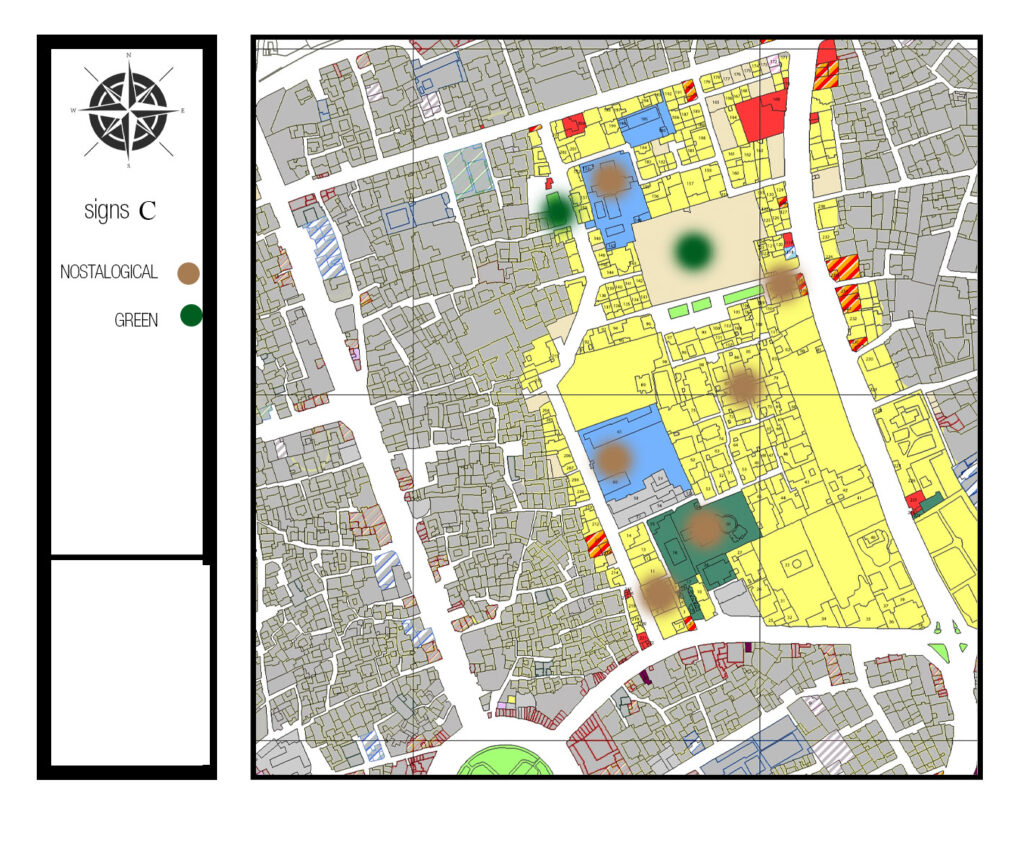
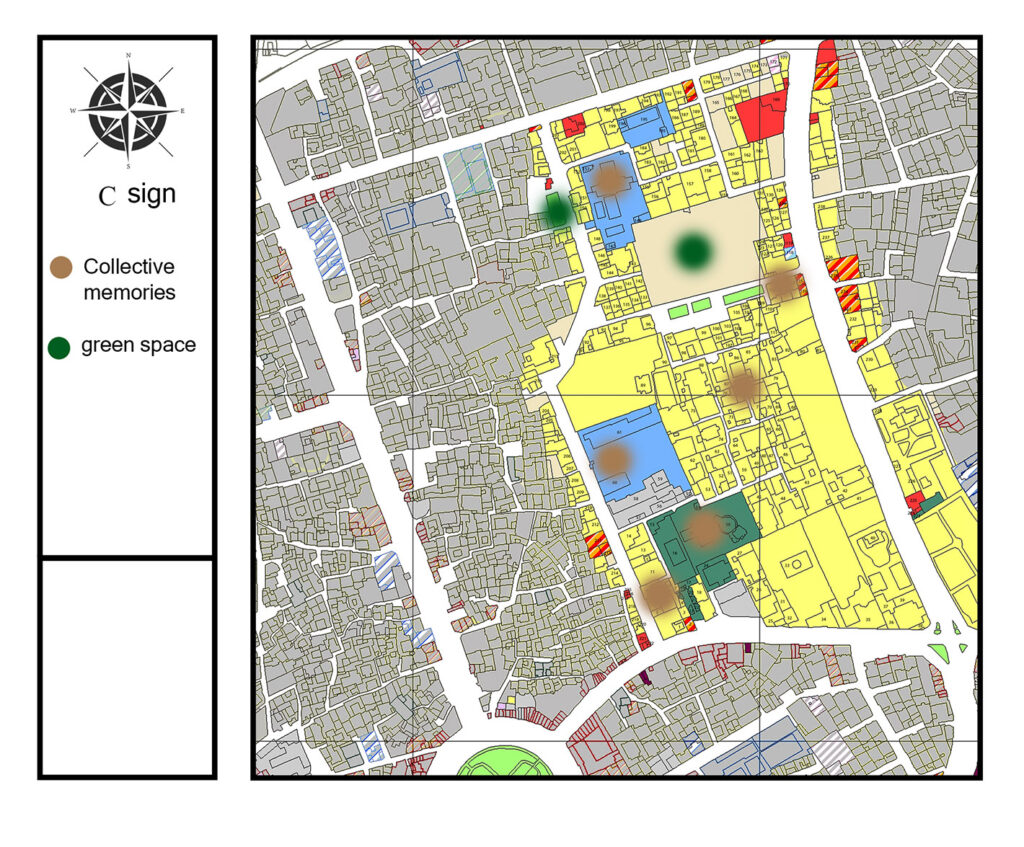

Definition of space and urban space
Space is a very general category. Space fills the entire universe and surrounds us throughout our lives. Because the awareness of space is not only dependent on human activity but all human senses and emotions are involved in it. Therefore, to achieve this space fully and completely, the human being must be involved in it.
It is a material space, with social and psychological dimensions and the shape of the city, it is the geometry of this space. Today’s city, as an obvious effect of contemporary civilization, you must think about something and the design of buildings and transportation network, it is necessary to create spaces that correspond to today’s needs. They should be organized in a way that is consistent with modern technology. In these spaces, a wave is sought that will add richness and diversity to the city and cause an increasing effect that expresses the various links of citizens with urban places and spaces.
Gallery of the Borzou-Amighi neighborhood
